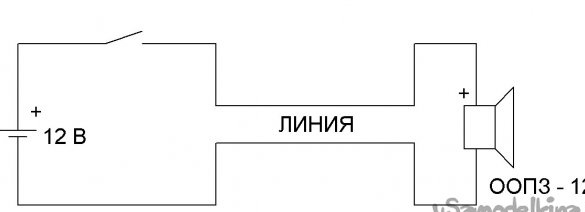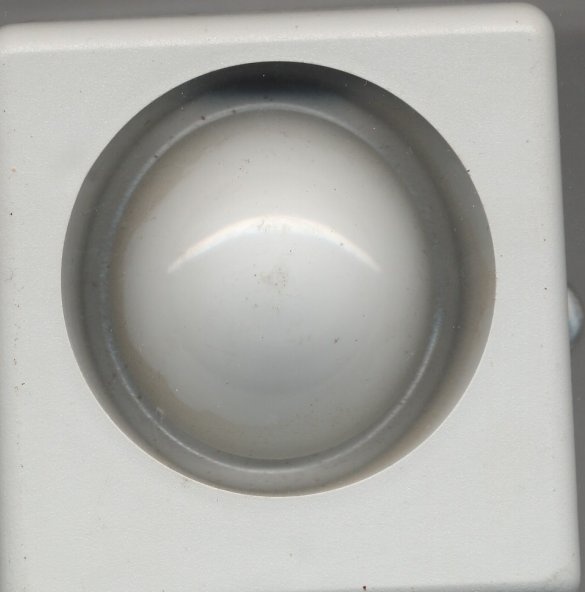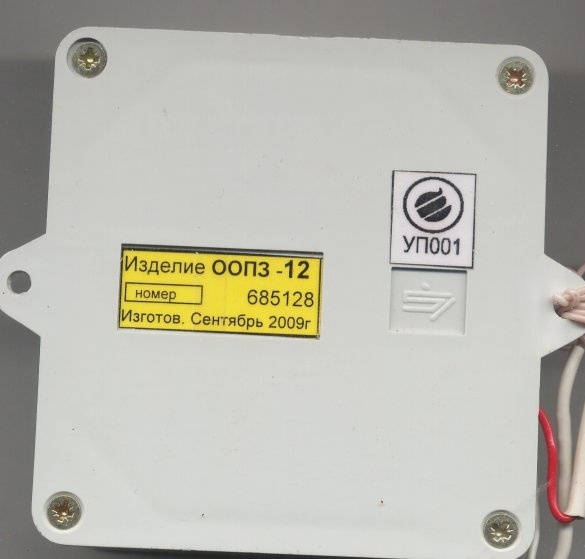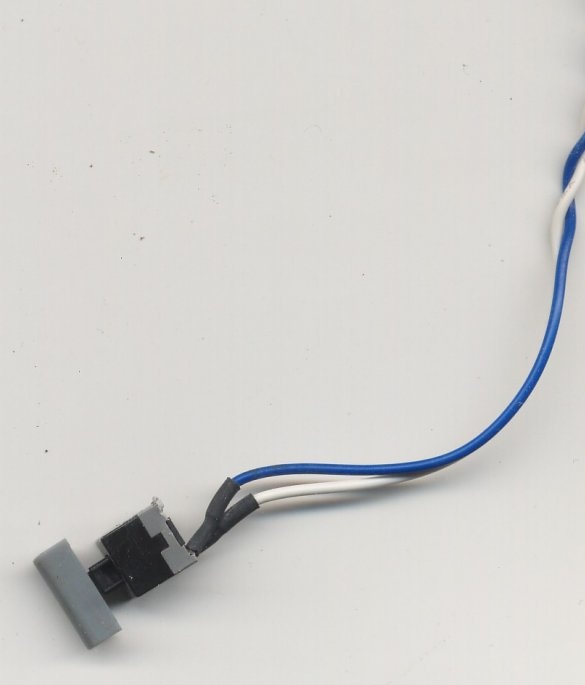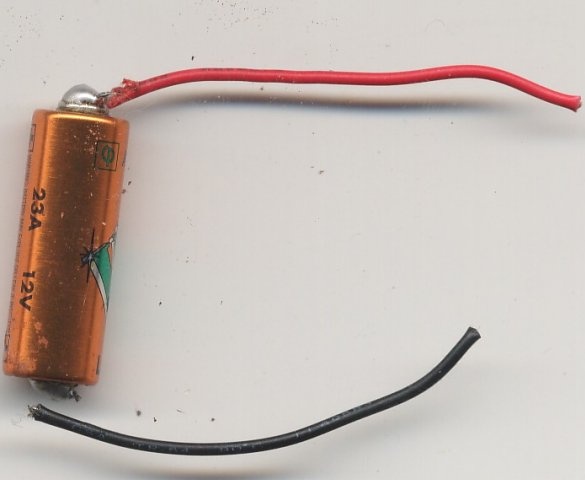In this article I will tell you how I made an extremely simple, but effective device for scaring away alcoholics, drug addicts, thieves and other unwanted "guests". This device is also capable in certain cases to attract the attention of others. I’ll tell you how the tests went in a real situation.
Background.
I live in an apartment building. We don’t have a concierge. Although there is an intercom, it is not an obstacle for various undesirable persons. These are drunks, drug addicts, thieves. They penetrate the porch and crap on the floors, in the corridors, unscrew bulbs, prick, drink, leave cigarette butts, bottles, syringes. The police do not provide real assistance in the fight against them.
Several times I had a brawl with them.
At some point, this situation bothered me and I decided to put together a simple but effective device against these types.
I have previously manufactured such devices and from experience I know how they work. Sometimes, no less effective than the armed guard, which must be paid. And the device does not have to pay.
I collected this product from improvised materials in 2.5 hours.
Now we pass, in fact, to homemade.
The following tools were used:
Soldering Iron 25 W
Phillips screwdriver
Nippers
Scissors
Device "Third hand" (recently bought on Aliexpress)
Stationery knife
Multimeter
The following materials were used:
MGTF wire
Mounting wire
Cambric
Solder
Rosin
Solder fat
Solvent 646
Rags
Radio key fob
Siren
Button
Battery
Here is a diagram of the device. She is extremely simple.
The product OOPZ - 12 is a security and fire alarm siren. In common people - a siren, he is a howler. Sound pressure level not less than 103 dB. The sound is nasty. Amplitude, frequency modulated. In the region of maximum sensitivity of human hearing. Power supply 12 V, current consumption no more than 200 mA.
The alkaline battery (alkaline), type 23A 12 V. It is used in radio alarm remote controls.
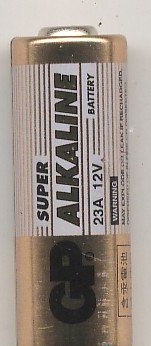
Button without fixing with a normally open contact from the system unit of the old computer.
The wire.

When you press the button, the siren is turned on. When you release the button, the siren stops.
I simply laid the siren on the floor in the vestibule, between the first and second doors to my apartment.
The button and battery I placed on the desktop. Above the table, on the wall, a small monitor is mounted. A video camera is displayed on it, which shows a common corridor, where there are several apartments. The camera is camouflaged under an electric box. The lens is a PINHOLE type camera (a hole with a diameter of two millimeters). It’s almost impossible to guess that a camera is installed there.
I connected the siren and the button with the battery by two wire lines of the required length. Holes in the walls did not have to be drilled, since the line used a fairly thin wire. He freely went into the slot under the second door, after which I shifted him to the very corner, from the hinges of the door. There, on the floor, lies a siren. It so happened that the wire does not interfere with the closing of the door and does not get underfoot.
At first I thought about how to reliably connect the battery. I did not have a ready-made container for this type of battery. I’m not sure that such containers exist. At least I did not come across.
Then I thought. The siren will turn on very rarely, for a short time, and the batteries will last for a year or more. In standby mode, the device does not consume energy. The self-discharge of these batteries is very small.
I decided to just solder the wiring to the battery. This, of course, is not right, but some do. I soldered to salt batteries and even to lithium-ion batteries (do not repeat, it is very dangerous, it threatens an explosion and fire!).
I cleaned the contacts with a knife, tinned it using solder grease and soldered two wires. Red is plus, black is minus. The remaining fat removed with a cloth moistened with solvent.
I took a multimeter and decided to make sure that the battery was not damaged. The device showed 1.4 V instead of 12. The battery became unusable.
I did not start making a homemade container, although I had everything I needed. Just in time it is longer than the manufacture of the whole homemade product.
I remembered that I have several unnecessary radio alarm key fobs that use such a battery. Dismantled one keychain. Two pieces of MGTF wire were soldered to the PCB sites where the spring contacts were soldered using the “third hand” device to hold the board. The use of MGTF wire is due to the fact that it is thin, stranded.
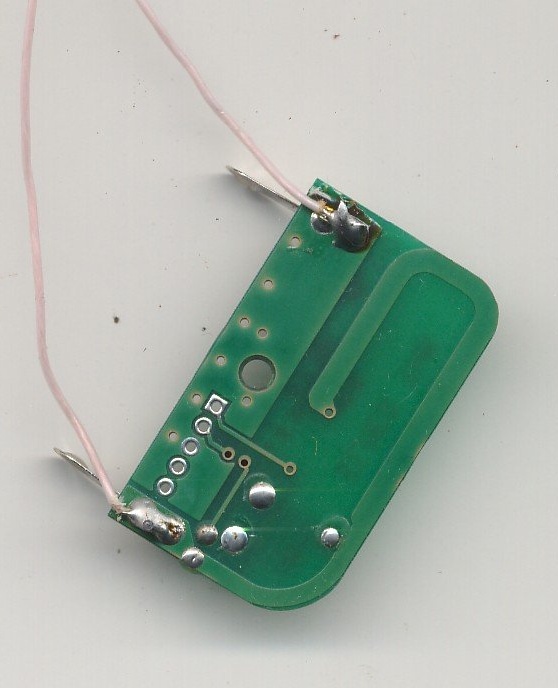
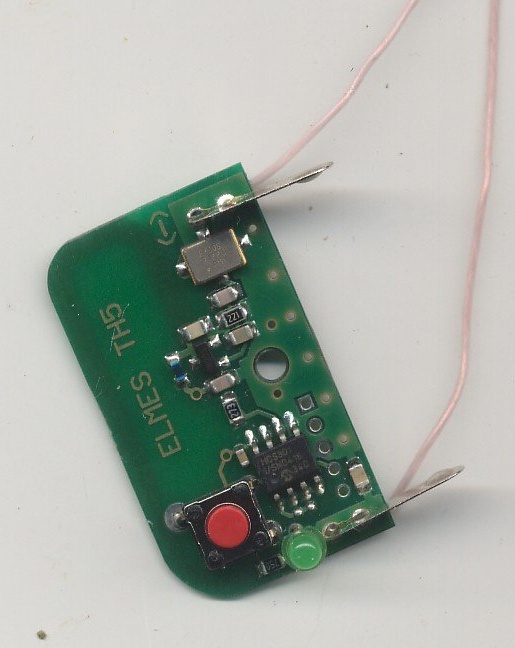
I marked the positive wire with a bundle. In one of the halves of the case, I cut with a knife two small recesses under the wires. Collected a keychain.
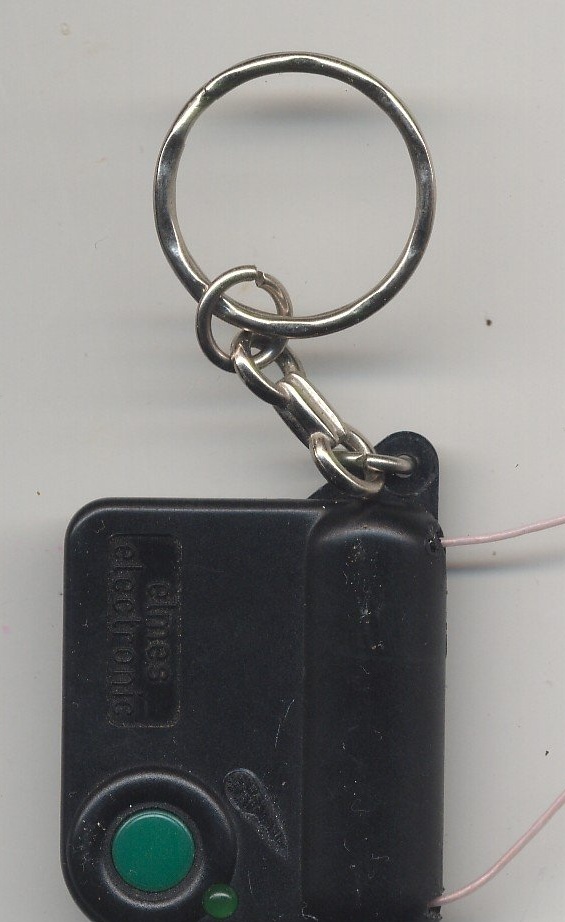
He measured the voltage on the wires with a multimeter. It turned out to be 12.1 V. This is normal. Of course, before assembling the key fob, I put in another battery, and not the one to which the wires were unsuccessfully soldered. At the same time, the thought came to me that the keychain can be used as a power indicator, without turning on the siren. When you press a button on it, you can roughly judge the degree of battery life by the brightness of the LED.
After that, he connected all the elements into a circuit by soldering. When soldering, I did not forget to put pieces of cambric on the wires. Then pulled them to the joints, providing insulation and additional mechanical strength. Wire line connected in a bundle. To do this, every 30 to 50 centimeters wrapped them in several turns of wire.
To verify the performance of the product, for a very short time, I pressed the button. I was convinced that the siren emits a powerful sound signal.
In conclusion, I’ll tell you about one case when I had to try this product in action.
Once he worked at a table, glancing briefly at a monitor. I see a suspicious type appeared in the common corridor. He examined the door locks of the apartments. Inspected very carefully, sometimes squatting. I put off work and began to watch him. It became clear to me why he was doing this.When a suspicious type came to my door, I took the button in my hand. When he leaned toward the lock, I pressed the button and held it in that position for about three seconds ...
103 dB in close proximity, plus the unexpected factor when doing a bad thing, it worked! The thief jumped two meters, almost banging his head on the opposite wall of the corridor. He froze for a second and rushed to the exit. I think that now he bypasses our house.
I hope this article was interesting and useful to you.
I will be glad to your comments and suggestions.
Sincerely, author.



